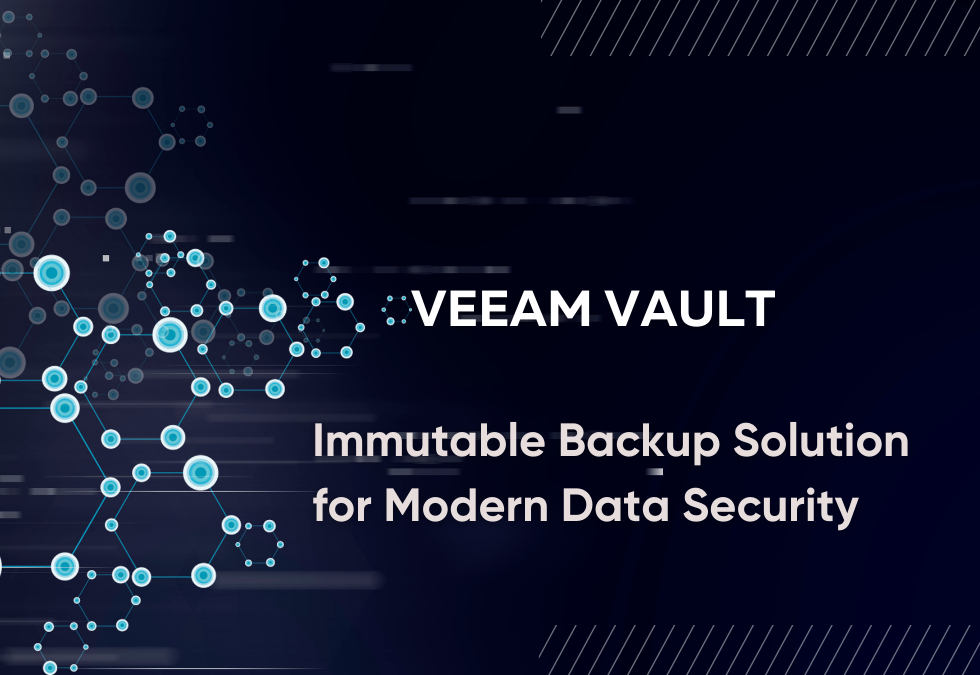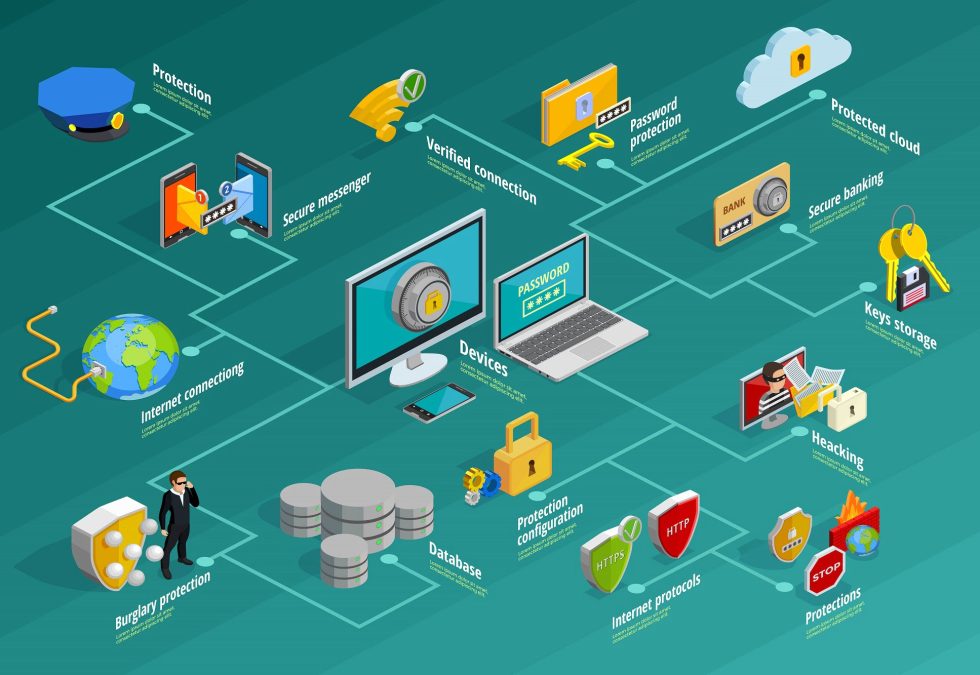Continuous Data Protection (CDP)
CDP is a data protection technology used to minimize data loss and ensure business continuity. Unlike traditional backup methods, CDP continuously records data changes, creating a real-time data copy at all times. Thanks to this continuous monitoring and recording, users can restore the most up-to-date state in case of data loss at any moment.
How CDP Works;
Continuous Monitoring: CDP continually monitors every data change to be recorded. This includes all types of data movements, such as file creation, modification, or deletion.
Instant Recording: Each data change is instantly recorded on a log or another storage unit. These records are typically timestamped and stored sequentially.
Data Storage and Recovery: While recording data changes, CDP also retains previous data states. This allows users to restore the data state from any desired time in case of a system error or data loss.
Continuous Synchronization: CDP ensures continuous synchronization between the main data source and the backup copy. This minimizes the possibility of any data loss and enhances business continuity.
Advantages of CDP;
Instant Restore Capability: CDP provides users with the ability to restore at any moment, critical for business continuity.
Low RTO (Recovery Time Objective): CDP’s continuous monitoring and recording features enable quick recovery in case of data loss, resulting in a low Recovery Time Objective.
Efficient Storage Usage: CDP utilizes storage space more efficiently due to only recording changes.
Comprehensive Data Monitoring and Analysis: Continuously recorded data changes allow monitoring and analyzing data flow. This serves as a valuable tool for detecting security threats and optimizing data management.
CDP is an effective solution for continuously protecting critical business data. While it may be technologically complex, the benefits it provides, particularly in terms of business continuity and data security, justify this complexity. As each business has unique needs, implementing CDP may require careful planning and proper configuration.
CDP (Continuous Data Protection) Solutions: Overview of Leading Providers
Veeam: Veeam is a leading company in data management and backup solutions, offering products with CDP capabilities.
Zerto: A technology brand providing features like Continuous Data Protection (CDP). Zerto specializes particularly in disaster recovery and business continuity solutions. Its products are focused on safeguarding and backing up virtual machines and cloud environments, ensuring a rapid recovery in case of disasters. Zerto’s solutions include continuous data protection features with the aim of preventing data loss and ensuring business continuity.
Dell EMC: Dell EMC provides a wide range of storage and protection solutions, including offerings with CDP features.
Rubrik: Rubrik specializes in cloud-based data management solutions, including products with continuous data protection features.
IBM Spectrum Protect: IBM offers an extensive product range in data management and protection, with solutions incorporating CDP features.
Arcserve: Arcserve focuses on data protection and business continuity solutions, featuring products with CDP capabilities.
While these are just a few examples, there are numerous companies and brands in the market offering various CDP solutions. When selecting a solution that fits your needs and budget, consider factors such as the features provided by the providers, performance, scalability, and support services. Additionally, verifying the chosen solution’s compliance with security standards and data compatibility is crucial.








